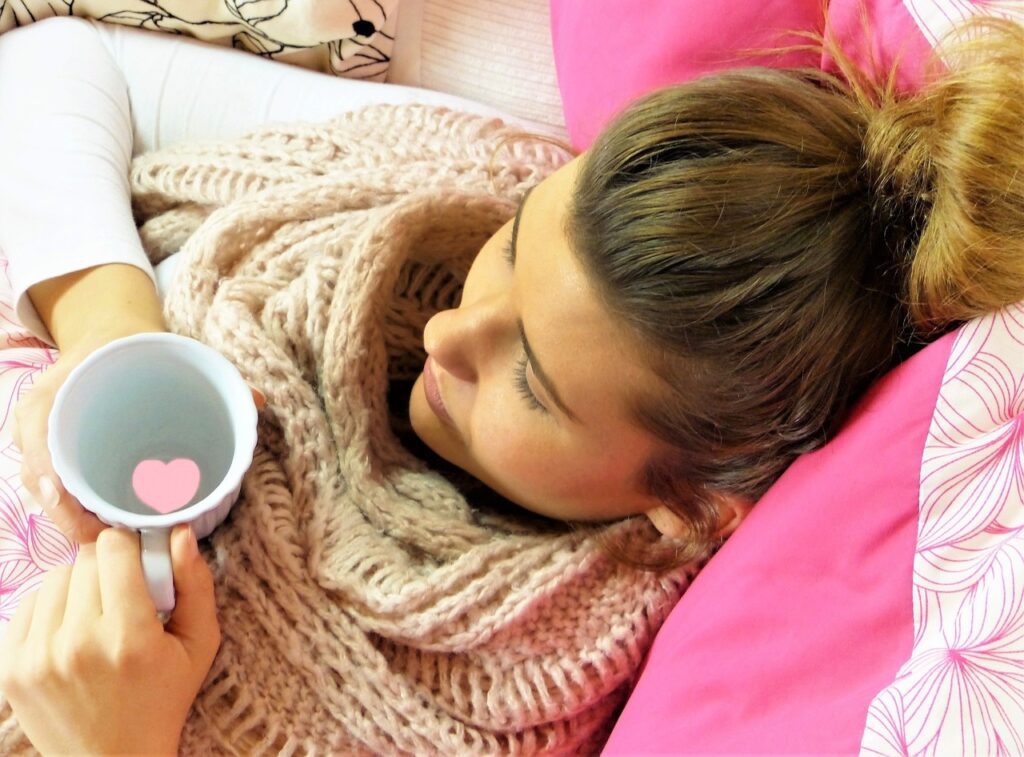Are you confused about bleached knots vs unbleached knots? Discover everything you need to know about these knotting techniques for hair systems. Get to Learn how to bleach wig knots efficiently and explore the before and after results of bleaching knots on a wig like never before.
The most important thing about wearing wigs and hair systems is to achieve a natural-looking hairline. It’s all about the hairline and enhancing your appearance as a person. Two popular techniques are used to create a seamless appearance: bleached knots and unbleached knots.
Choosing whether you want bleached or unbleached knots is critical when picking your custom wig. Both of these types have their unique benefits that vary with individual needs. Bleached knots are less visible against the skin, making them ideal for those wanting a natural-looking hairpiece. Unbleached knots are less likely to provide a natural look unless the wig is already in a very lighter color. In this comprehensive article, we will cover everything you need to know about bleached and unbleached knots, their purpose, and whether they are necessary. Follow along to the end to equip yourself with the knowledge to make informed choices for the perfect hair systems.
What are unbleached knots?
Unbleached knots are hand-crafted knots based on the wig used to secure the wig to the scalp. These knots remain in their natural state without undergoing any chemical modification. The knots are visible to be darker than the whole hair color. The unbleached hair knot provides durability and strengthens your hair system, but they are more noticeable, making them less ideal for achieving an undetected hairline. The price of the unbleached type of wig range from &600 to $1200, depending on the quality of the hair and length. These knots are very beneficial for people with sensitive skin or scalp as they are less likely to irritate.
What are bleached knots?
As the name suggests, bleaching agents are used to lighten the color of the knots on a hairpiece or wig. This process makes the knots less visible against the base, creating a more natural and realistic hairline. Bleached knots blend seamlessly with the surrounding hair, giving the illusion that the hair is growing directly from the scalp. This technique is especially beneficial for achieving an undetectable and natural look, particularly in areas where the hair is parted, or the hairline is exposed. The bleaching process is quite costly, but the results are worth it. The price of the bleaching knots varies depending on the amount of hair that needs to be treated and, more so, the type of chemical used. While the bleached knots are unnecessary for every lace wig, they can be a helpful tool for creating a more realistic and undetectable wig.
Is it necessary to bleach knots?
First, before we answer this question, let’s understand that bleaching knots are a delicate process. If it is poorly done, it can damage the hair knots on the lace wig. However, the bleaching knots can give your wig a natural look if done correctly. It can also make the hair appear thicker and fuller with an undetectable hairline.
The decision to bleach knots depends on individual preference and the desired level of realism for the hair system or wig. Here are the factors to consider:
Hair Color
Not all colors are reserved for bleaching. Unbleached knots are suitable for darker hair systems where the knots are less noticeable against the base. Bleached knots, on the other hand, are more suitable for lighter hair systems, therefore providing a natural, seamless hairline.
Base Material
Unbleached knots may be sufficient if you have a thick and sturdy base, as the knots are less likely to be visible. On the other hand, thinner and more translucent bases, bleached knots are recommended to achieve an undetectable hairline.
Hairstyling
If the hair system requires frequent styling with the hairline exposed, bleached knots are preferred for a natural appearance. For hairstyles that keep the hairline covered, unbleached knots may suffice.
Personal preference
Some people may prefer the durability of unbleached knots, while others prioritize the natural look of breached knots.
How to Bleach wig knots
To do your hair bleaching at hair, follow the steps below to ensure you do not damage your hair system.
Step 1: To remove any product buildup or debris, prepare your wig by detangling and washing it.
Step2: Secure the wig by placing the wig on a wig stand or mannequin head for stability during the bleaching process
Step 3: Mix the bleaching agent according to the manufacturer’s instructions to the latter. Make sure to wear gloves to protect your hands during the process.
Step 4: Apply the bleaching agent using a small brush. Carefully apply the bleaching agent to the knots on the wig. Only apply the bleach to the knots and avoid getting it on the hair.
Step 5: Monitor the process by closely monitoring the bleaching process to avoid over-bleaching the knots. Check the knots frequently to achieve the desired level of lightness.
Step 6: Rinse and neutralize after the knots have reached the desired color. Rinse the wig thoroughly to remove any bleach residue. Use baking soda and water to neutralize the bleach.
Stept7: Once the bleaching is done, condition the wig to restore moisture and keep the hair soft and manageable.
Final thought
The choice between bleached and unbleached knots ultimately depends on your hair system preferences and desired level of realism. Bleached knots offer a seamless and natural appearance, particularly for lighter hair systems and translucent bases. On the other hand, unbleached knots provide durability and strength, ideal for darker hair systems and thicker bases.
Understanding the difference between bleached and unbleached knots will empower you to make an informed decision about the perfect hair system that suits your needs and preferences. Whichever technique you choose, your hair system will transform your look and boost your confidence, allowing you to flaunt a flawless and undetectable hairline with pride!
